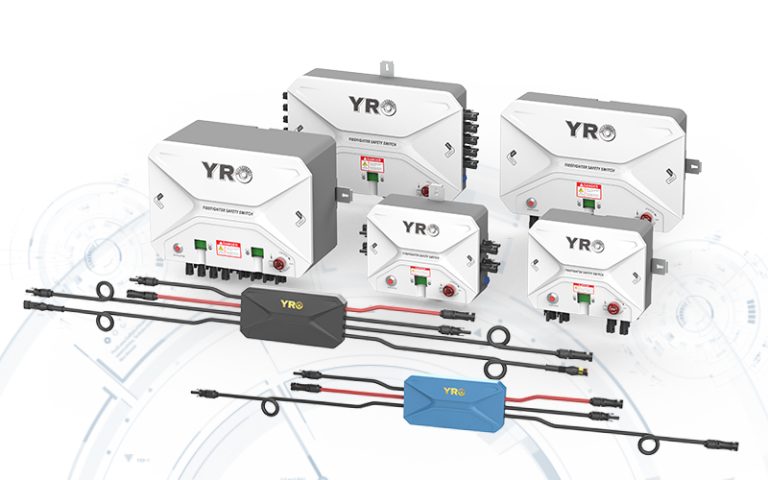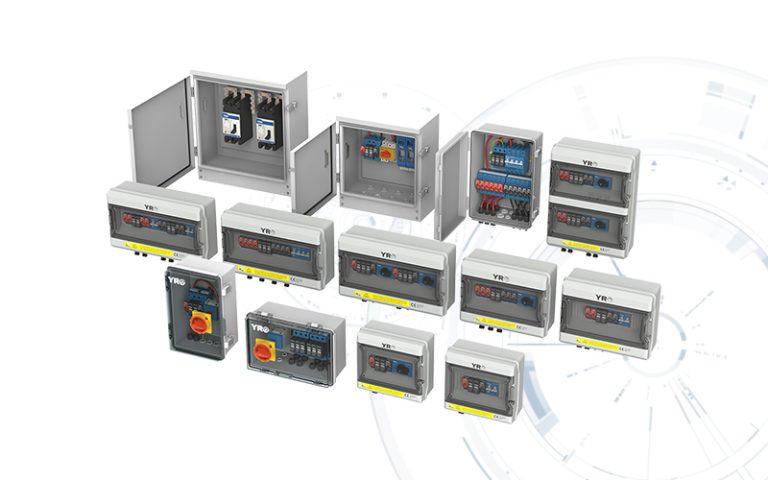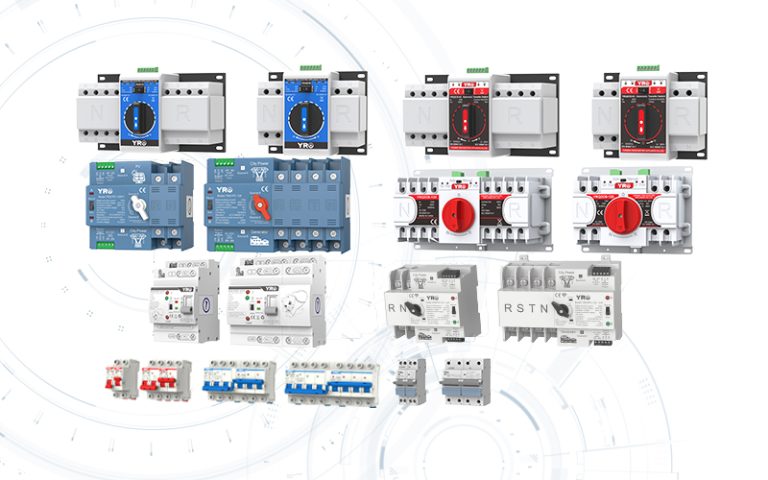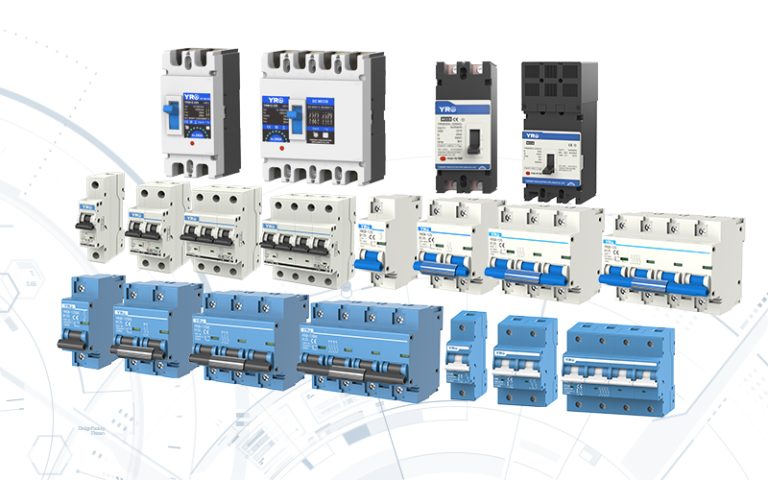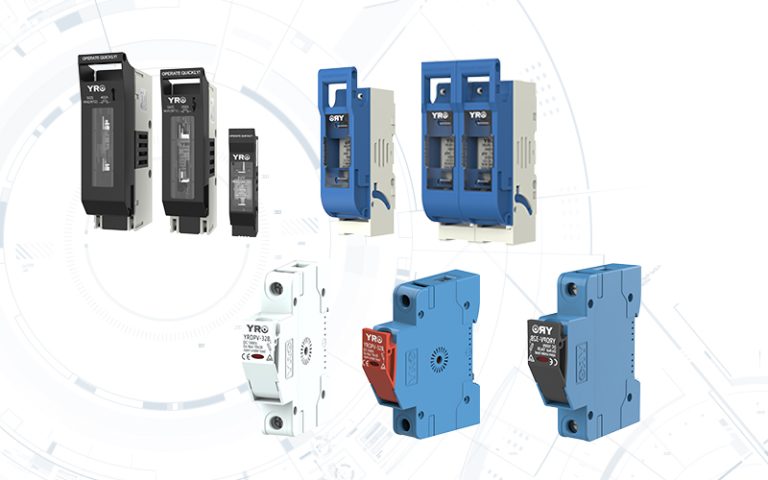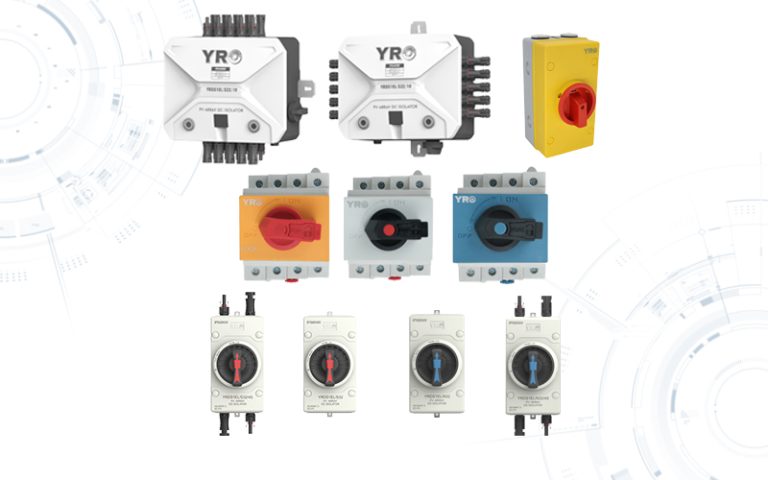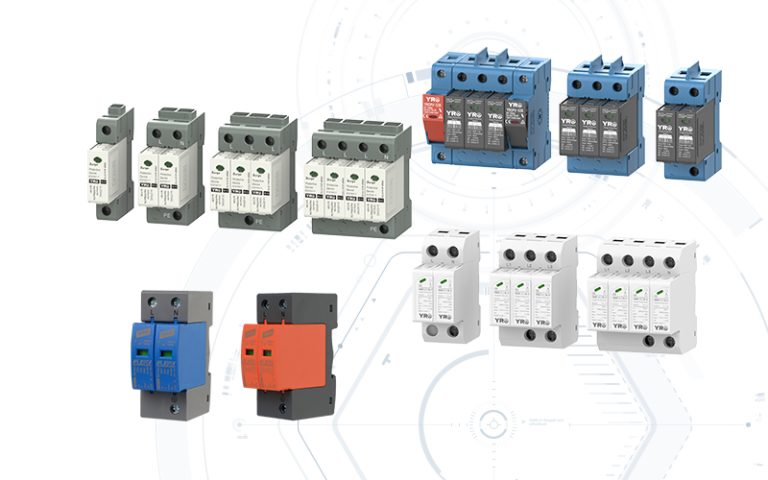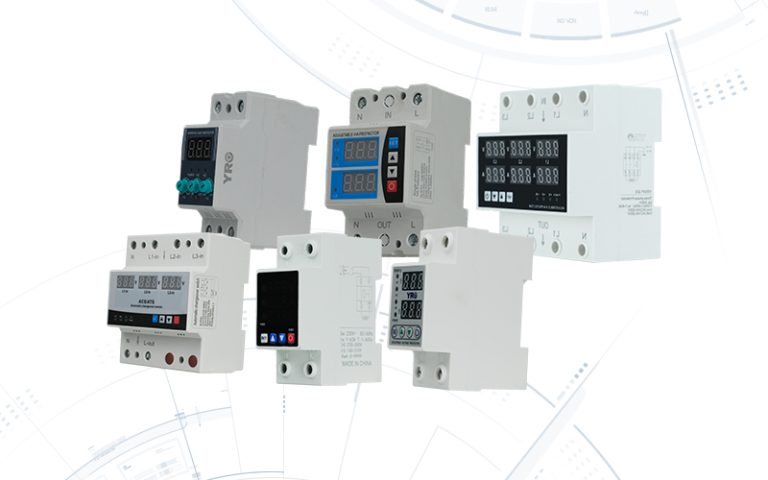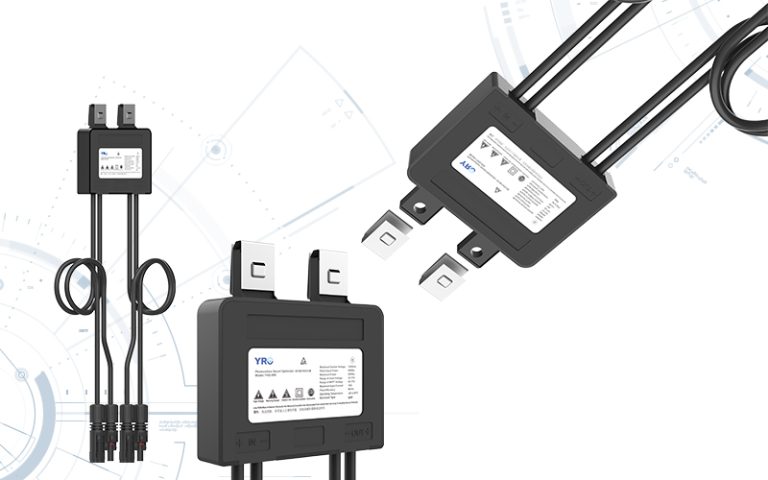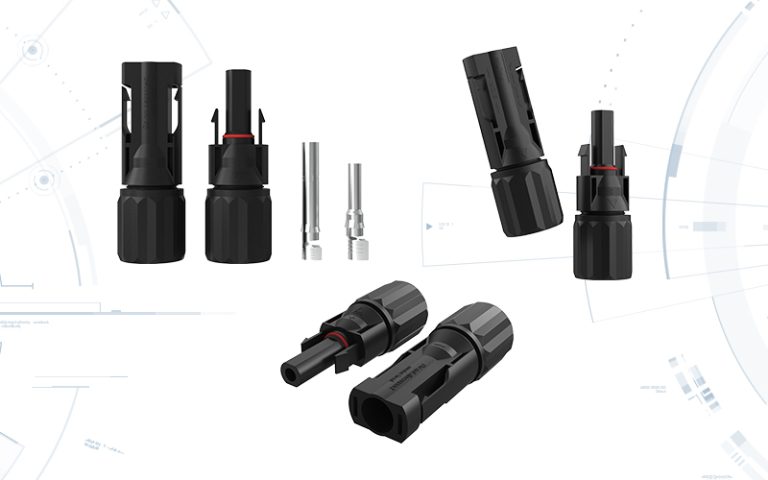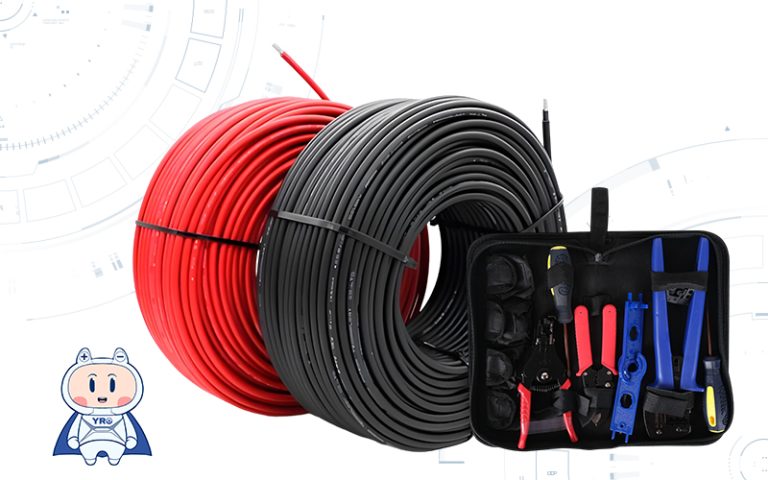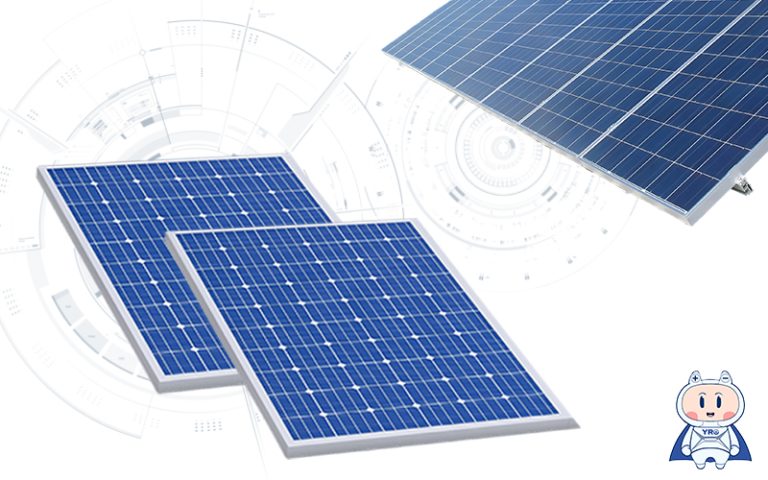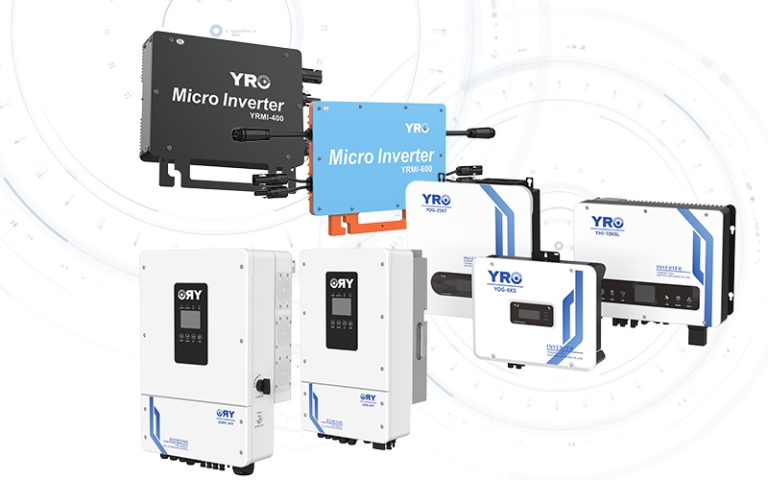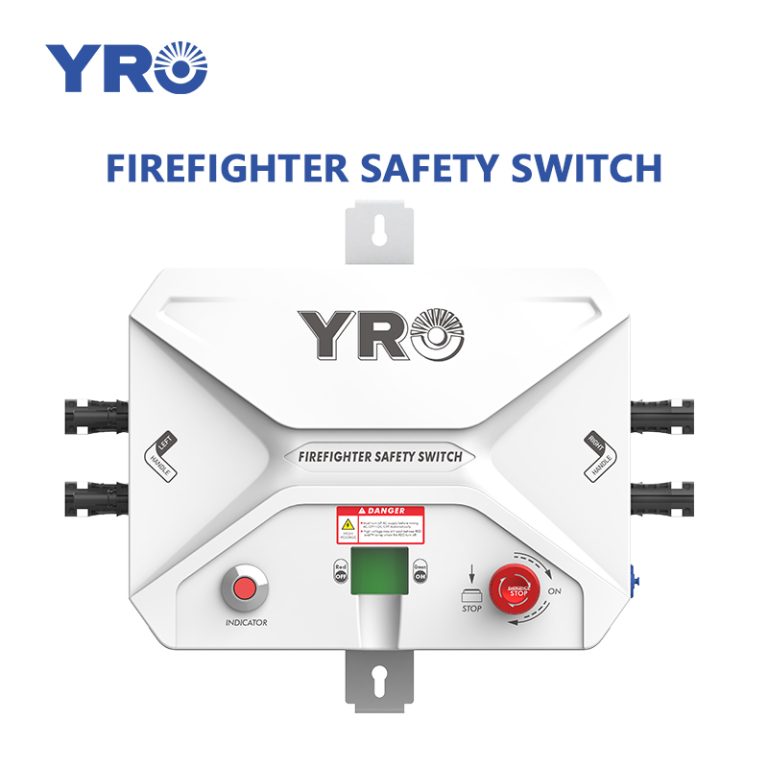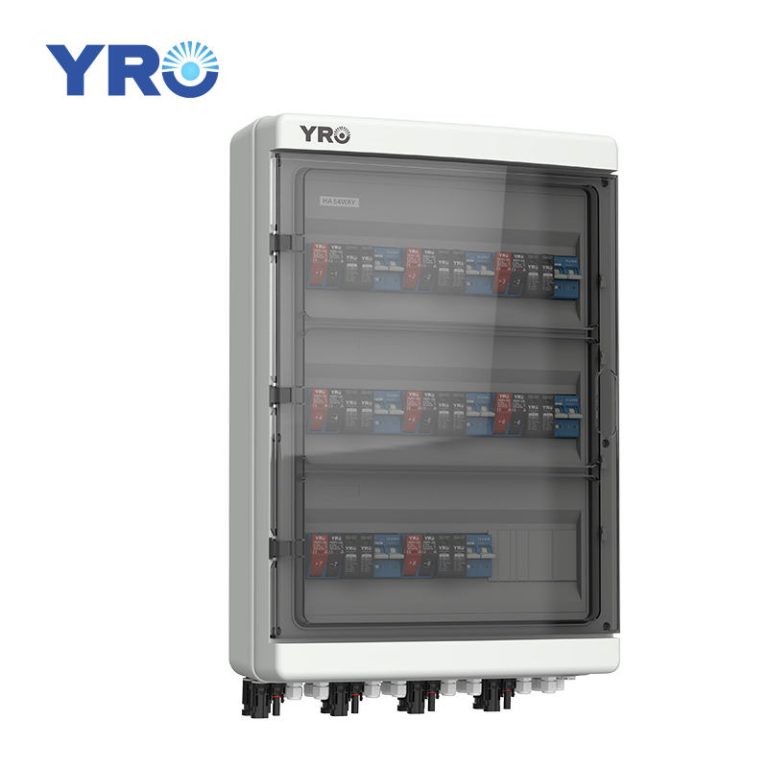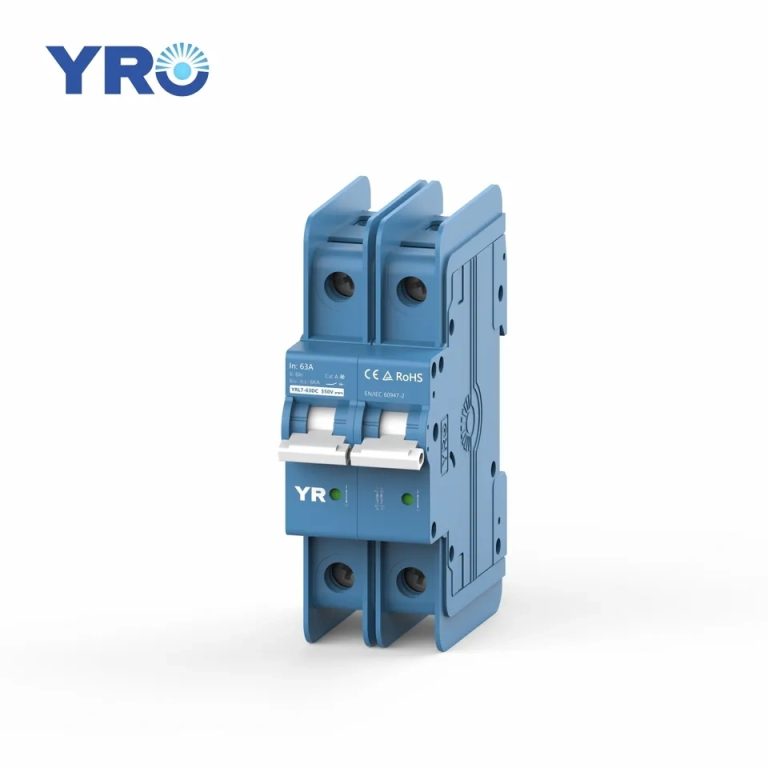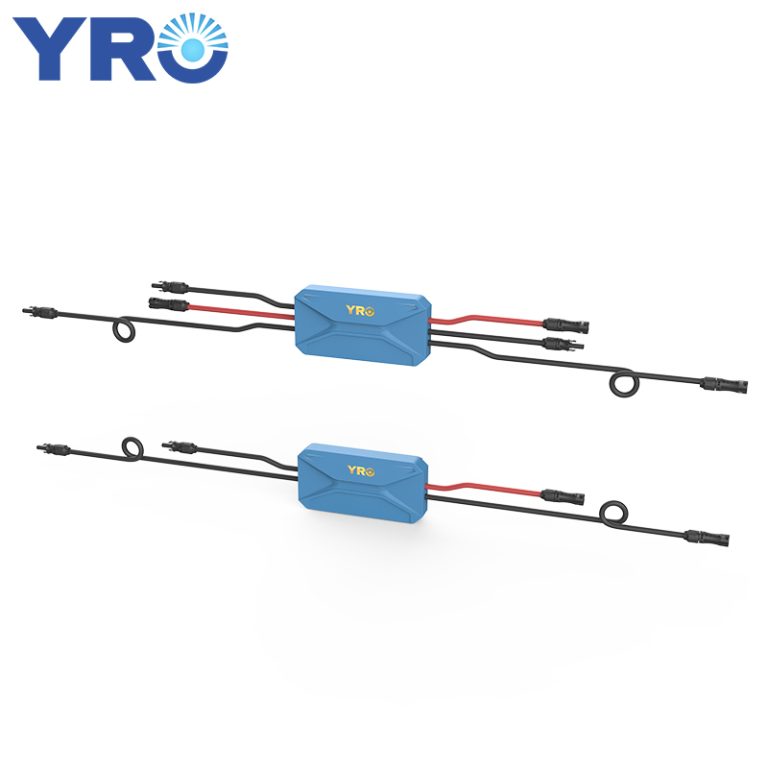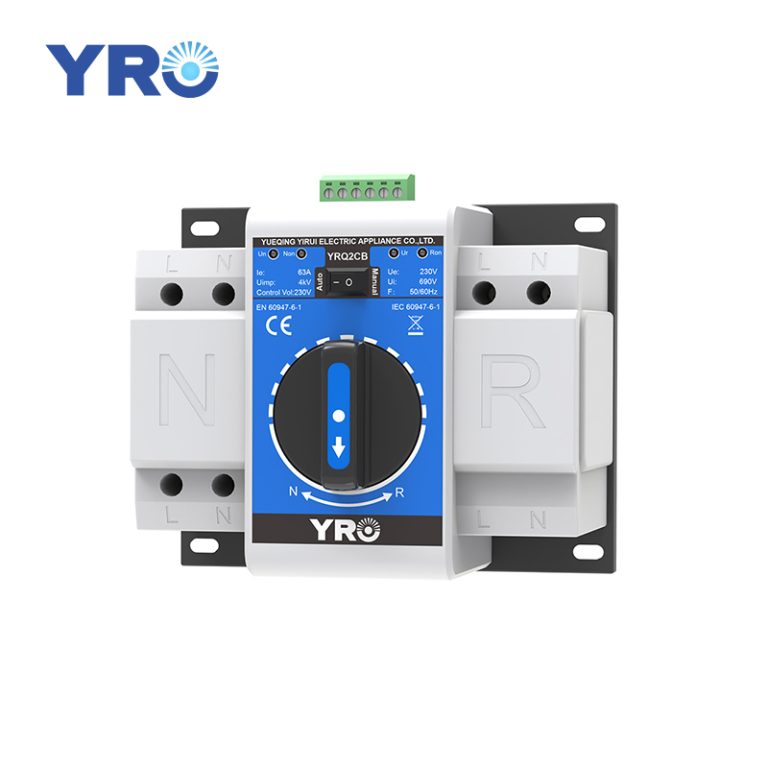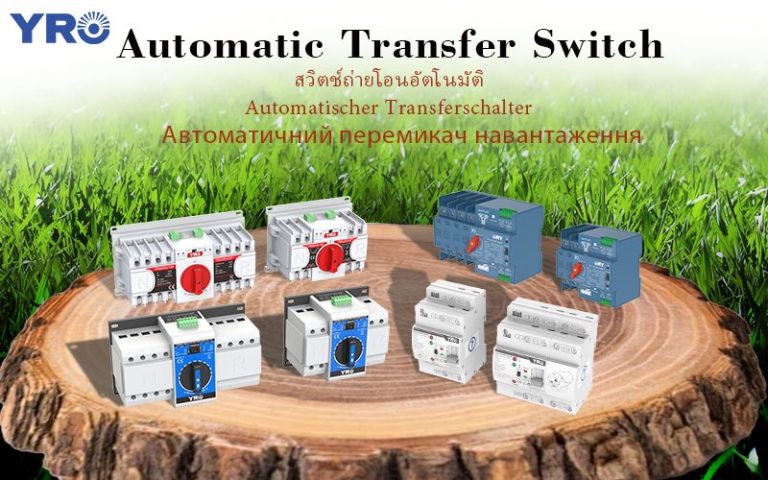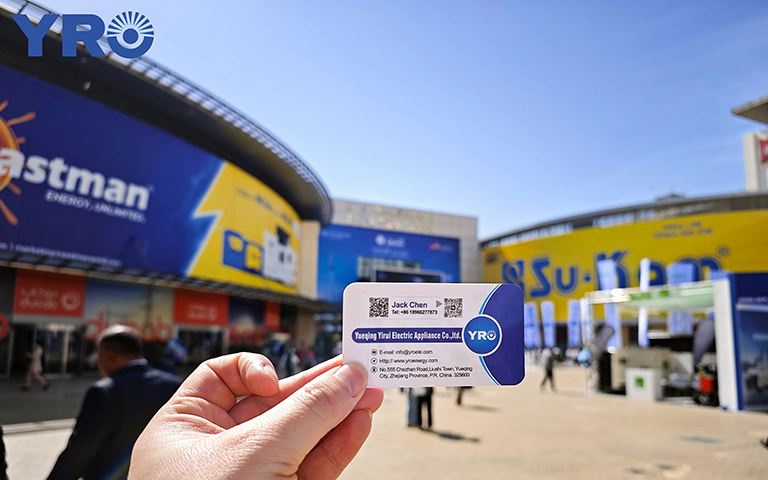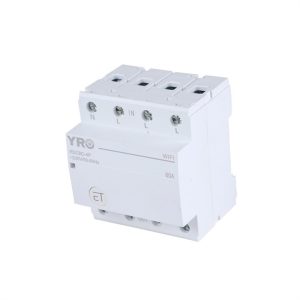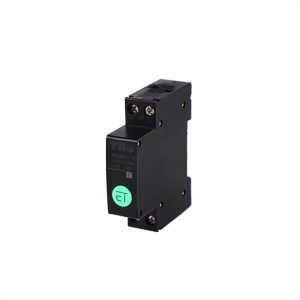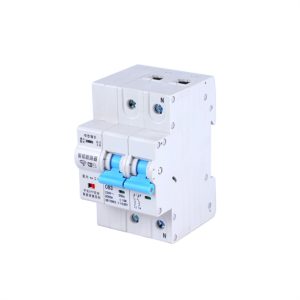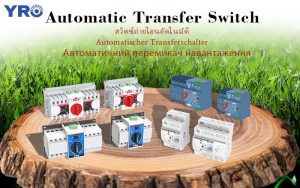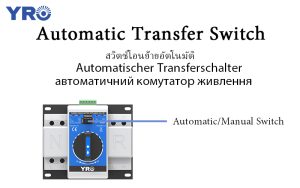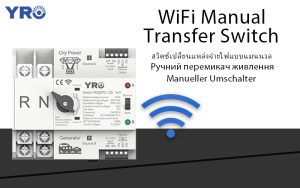In the world of solar power, “Rapid Shutdown” is a term of great significance, serving as a safeguard that ensures the swift de-energization of a solar photovoltaic (PV) array under specific circumstances. Its primary purpose? To enhance safety, both during emergency situations and routine maintenance activities.
Here is a more detailed exploration:
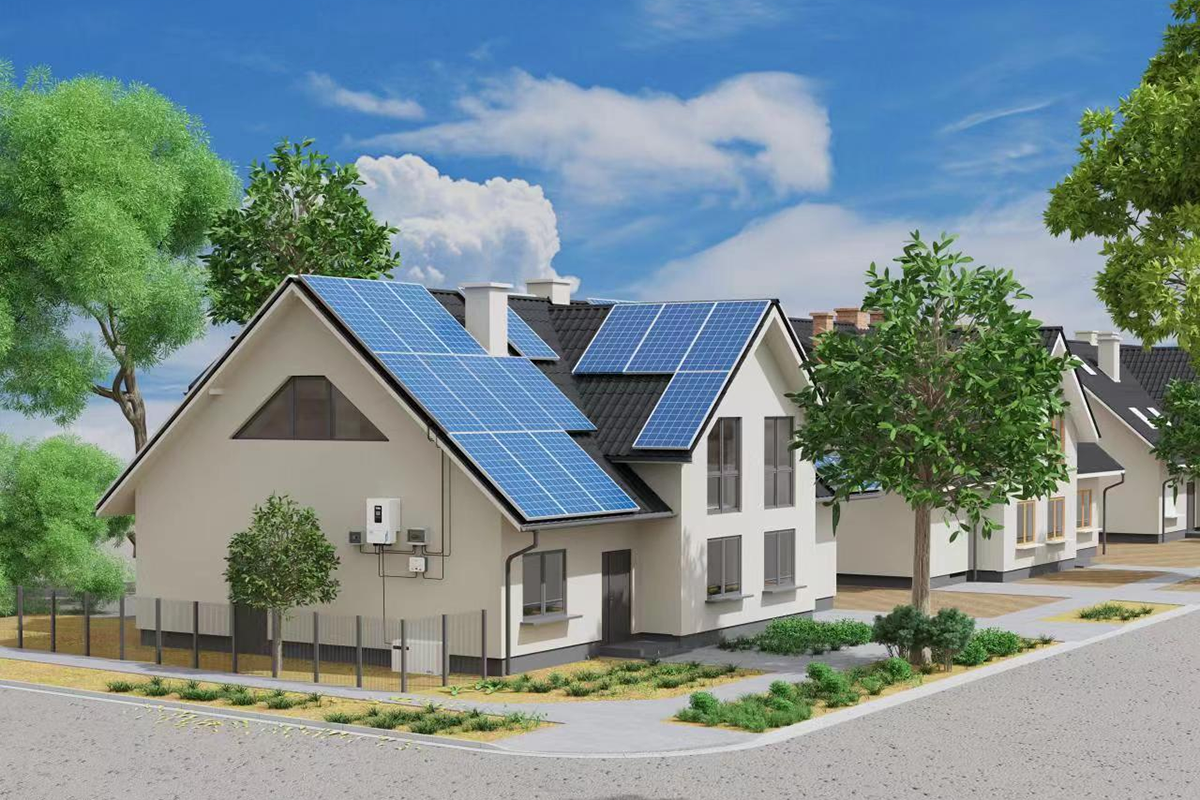
• Safety First: Rapid Shutdown is, at its core, a safety feature. Its implementation is often mandated by electrical codes and standards to protect people, property, and first responders in the event of accidents or emergencies involving solar installations.
• Immediate Disconnection: When the Rapid Shutdown system is activated, it acts decisively by promptly disconnecting the flow of electricity generated by the solar panels. This is achieved by isolating specific components, typically at the module, string, or inverter level, depending on the design and requirements of the system.
• Regulatory Compliance: It is important to emphasize that compliance with Rapid Shutdown requirements is not a mere suggestion but a legal requirement in many jurisdictions. Adherence to these regulations is critical for ensuring that firefighters and emergency personnel can operate safely near solar installations.
• Variety of Approaches: The method used to achieve Rapid Shutdown can vary. It may involve module-level shutdown, where individual solar panels are disconnected, or string-level shutdown, where groups of panels are isolated. Inverter-level shutdown, which disconnects the entire system, is another option.
• Ongoing Maintenance: Regular testing and maintenance of the Rapid Shutdown system are imperative. Ensuring that it operates as intended is essential for meeting safety standards and guaranteeing the continued protection of personnel and property
In summary, Rapid Shutdown stands as an essential safety feature within solar energy systems. It serves as a reliable fail-safe mechanism to swiftly cut off the flow of electricity from solar panels when necessary, thus facilitating responsible solar power utilization while prioritizing safety above all else
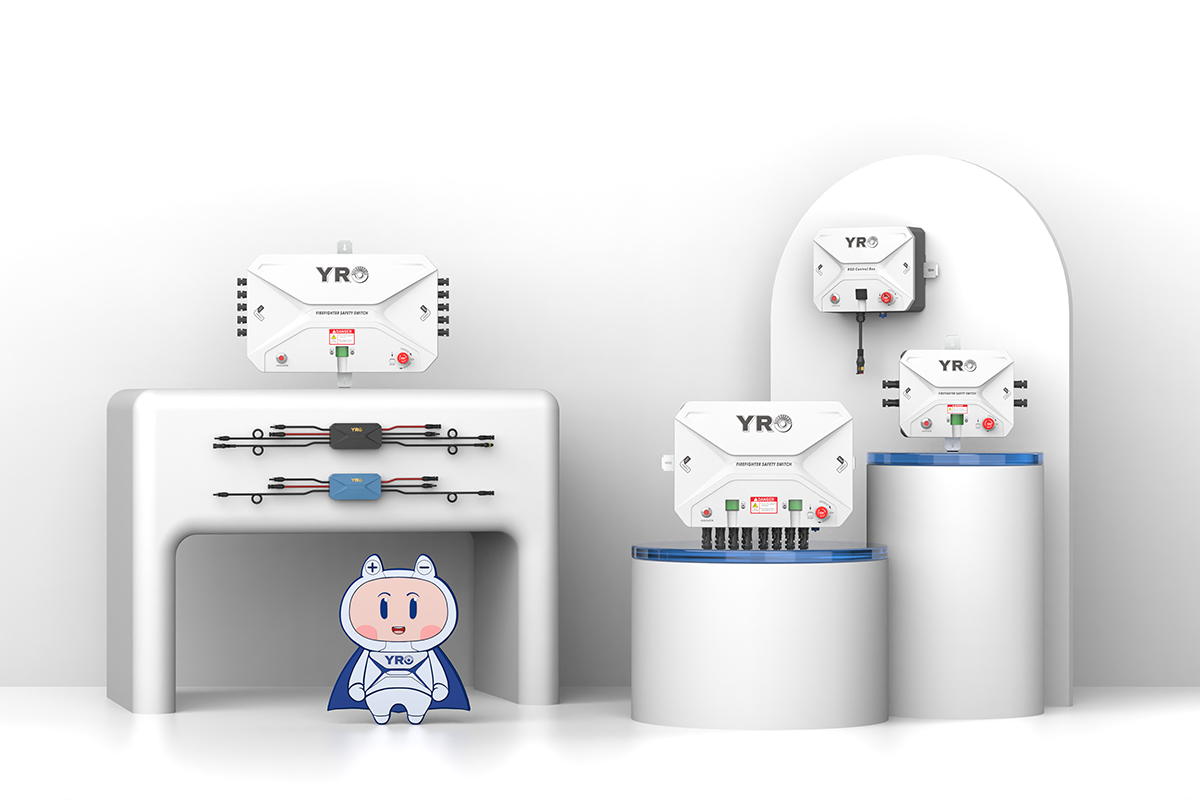
In the realm of solar power systems, a “rapid shutdown” refers to a safety feature or protocol designed to swiftly de-energize a solar photovoltaic (PV) array in the event of an emergency or maintenance situation. It’s a crucial element in ensuring the safety of both personnel and first responders.
Here’s how it works:
• Emergency Scenarios: Imagine a scenario where there’s a fire in a building with solar panels on the roof, or an electrical malfunction in the solar installation itself. In such situations, rapid shutdown becomes vital.
• Cutting Off Power: When a rapid shutdown signal is initiated, it effectively “cuts off” the flow of electricity from the solar panels. This is done by isolating or de-energizing certain components of the system.
• Safety Compliance: Many jurisdictions and electrical codes require solar installations to incorporate rapid shutdown functionality. This ensures that firefighters or other emergency personnel can work safely without being exposed to live electrical currents.
• Different Methods: Rapid shutdown can be achieved using various methods, such as module-level shutdown, string-level shutdown, or even inverter-level shutdown. The choice depends on the specific design of the solar system.
• Monitoring and Testing: Regular monitoring and testing of the rapid shutdown system are crucial to ensure its functionality and compliance with safety regulations.
In a nutshell, rapid shutdown is an indispensable safety measure in the world of solar power, allowing for swift and secure control over solar energy systems when the need arises, ensuring that the sun’s power is harnessed responsibly and safely.
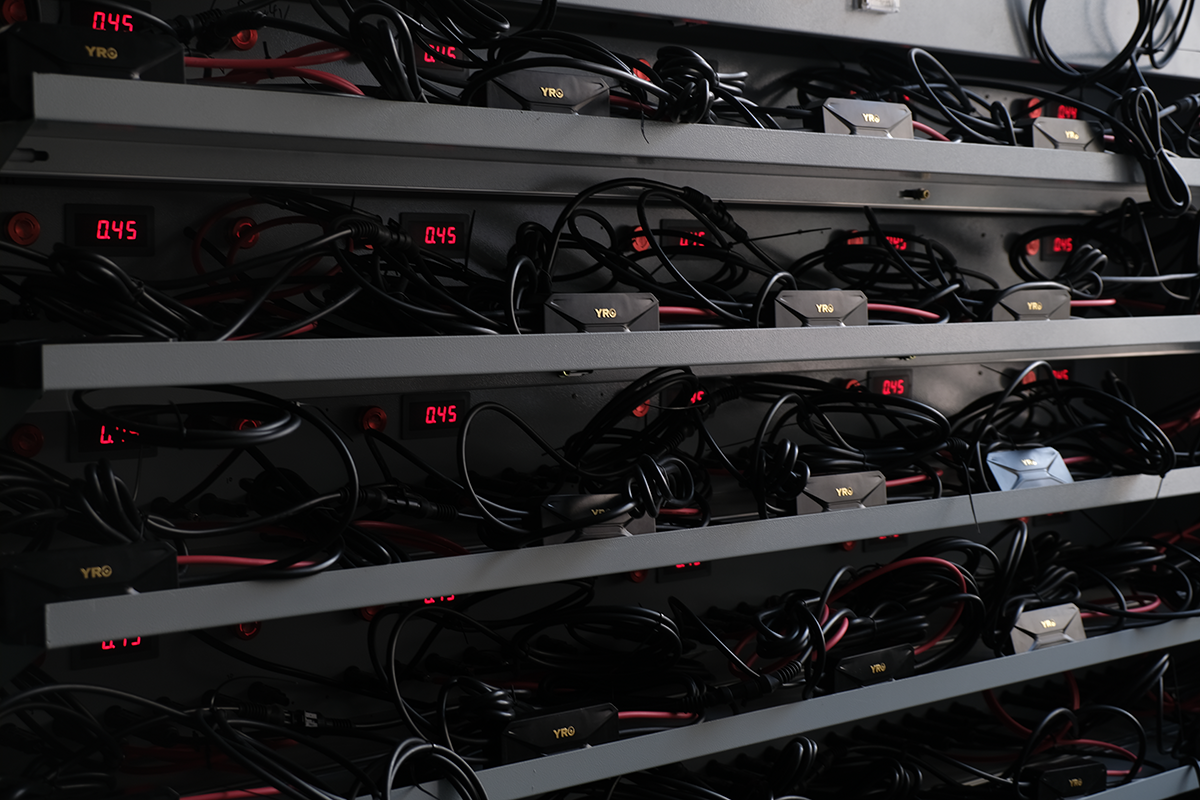
Rapid Shutdown in Solar Energy Systems
Rapid Shutdown, within the context of solar energy systems, is a vital safety mechanism implemented to quickly de-energize a solar photovoltaic (PV) array. This feature is of paramount importance in emergency situations or during maintenance work.
Here’s a succinct breakdown:
• Safety Measure: Rapid Shutdown is a safety measure mandated by various electrical codes and standards. It ensures that in case of emergencies, like fires or electrical issues, the solar array can be swiftly and completely shut down to prevent any electrical hazards.
• De-Energizing the System: When activated, the Rapid Shutdown system promptly cuts off the flow of electricity from the solar panels. This is typically achieved by isolating specific components, such as module-level electronics or the inverter, depending on the system’s design.
• Compliance Requirement: Compliance with Rapid Shutdown requirements is often mandatory to meet safety regulations. Firefighters and first responders need the assurance that they can work around a solar installation without being exposed to live electrical currents.
• Implementation Methods: Rapid Shutdown can be accomplished through various methods, including module-level, string-level, or inverter-level shutdown. The choice depends on the system’s architecture and local regulations.
• Testing and Maintenance: Regular testing and maintenance of the Rapid Shutdown system are imperative to ensure its continued functionality and adherence to safety standards.
In summary, Rapid Shutdown serves as a critical safety measure in solar energy systems, allowing for the swift and secure de-energization of the solar array when needed, ensuring the responsible harnessing of solar power while prioritizing safety.

